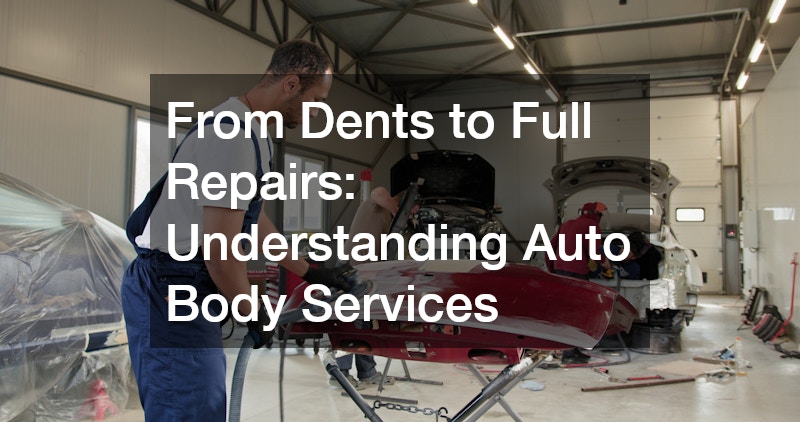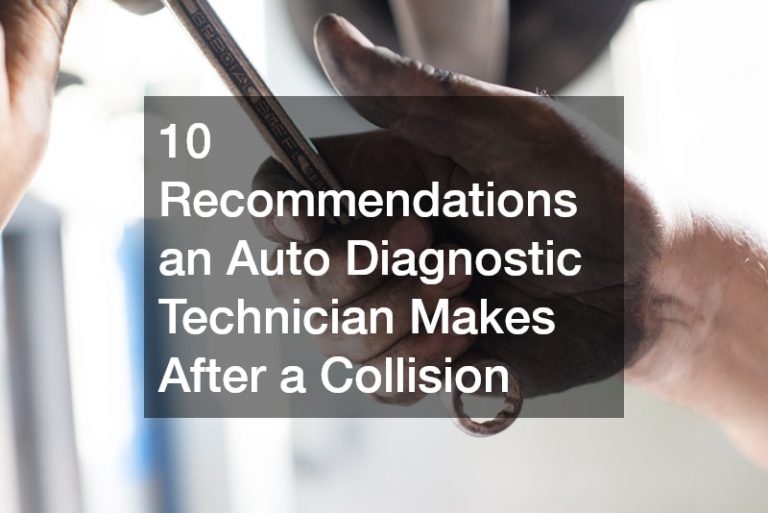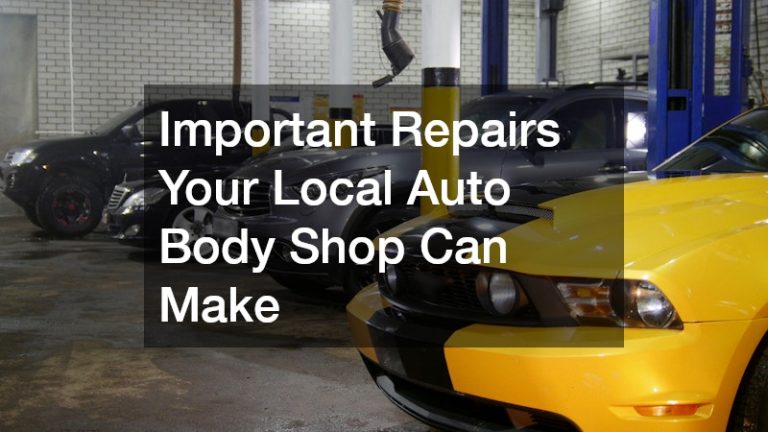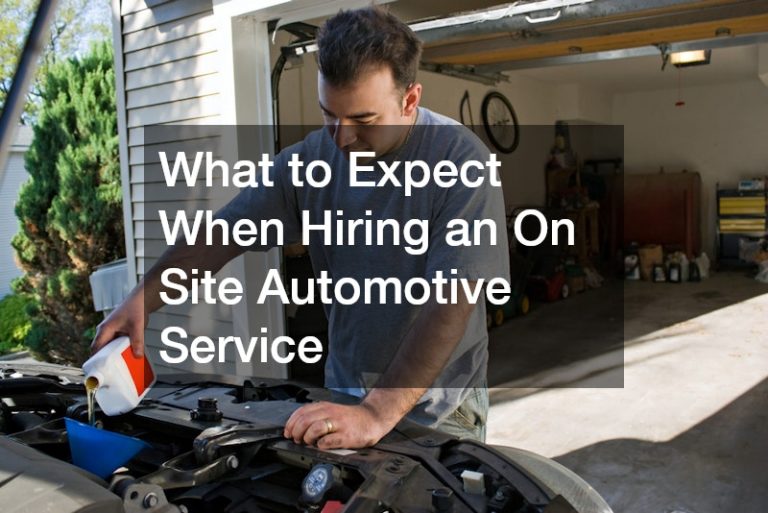

In the world of automotive care, understanding the spectrum of auto body services is crucial for vehicle owners. This article explores the various aspects of auto body repair, helping readers distinguish between minor and major repair needs. Dive into the intricacies of this field and equip yourself with the knowledge to make informed decisions about your vehicle’s care.
Minor Dents and Scratches
Minor dents and scratches are common cosmetic issues that can significantly impact a vehicle’s appearance. Techniques such as paintless dent repair allow technicians to fix some dents without the need for repainting. This method not only saves time but also retains the vehicle’s original paint, enhancing its resale value.
Paintless dent repair involves using specialized tools to gently massage dents out from the inside. Technicians must have a keen eye and skilled hands to ensure the surface is returned to its original shape. This technique is ideal for small, shallow dents where the paint is still intact.
For minor scratches, touch-up paint can effectively cover the damage and restore the vehicle’s appearance. Technicians match the original color through paint codes to ensure a seamless repair. Both methods focus on maintaining the vehicle’s aesthetic appeal with minimal intervention.
Body Panel Replacement
There are instances when damage to a vehicle is too extensive for simple repairs, necessitating body panel replacement. Severe accidents can lead to crumpled or cracked panels that compromise both structure and aesthetics. In such cases, replacing the panel is the best option to restore the vehicle’s integrity.
Body panel replacement involves removing the damaged part and fitting a new one, which might require welding and multiple stages of painting. The process is meticulous, ensuring that the new panel aligns perfectly with adjacent parts. A thorough quality check follows to make sure the fit and finish meet industry standards.
Choosing original equipment manufacturer (OEM) parts for replacements ensures compatibility and durability. OEM panels are specifically designed for precise fitment, thereby reducing the chance of future issues. This reinforces the vehicle’s structural safety and aligns seamlessly with its originally designed look.
Evaluating Reputation and Reviews
Selecting the right auto body shop is critical to the quality of service received, and evaluating reputation and reviews is an essential step. Customer testimonials reflect firsthand experiences and can indicate the level of expertise and satisfaction offered by the shop. Researching online reviews and ratings provides an aggregated insight into their service consistency.
Word of mouth recommendations from friends or family can also direct vehicle owners to reputable shops. Often, the personal endorsement offers a trusted perspective on the shop’s reliability and customer service. Visiting a shop in person can also allow potential customers to gauge professionalism and cleanliness.
Assessing the shop’s reputation ensures peace of mind and confidence that the vehicle will be properly attended to. A strong track record can suggest commitment to quality craftsmanship and attention to customer needs. This diligence in selecting a shop helps avoid unnecessary setbacks or subpar repair work.
Certifications and Qualifications
Auto body shops with recognized certifications demonstrate a commitment to maintaining high industry standards. Certifications, such as those from the National Institute for Automotive Service Excellence (ASE), signal that technicians possess the necessary skills and training. These credentials verify that the shop adheres to best practices and cutting-edge repair techniques.
Manufacturer certifications also play a pivotal role for shops that service specific car brands. These recognize advanced training in brand-specific repair processes and ensure compatibility with that brand’s standards. Employing qualified technicians minimizes the chances of repeat issues and boosts confidence in repair outcomes.
Cost Estimates and Insurance
Navigating the financial aspects of auto body services, including obtaining accurate cost estimates and understanding insurance coverage, is crucial. Shops provide detailed estimates that should be scrutinized for service breakdowns and potential hidden fees. Clear communication with the shop can prevent unexpected charges from arising.
Insurance plays a significant role in managing repair costs, as many policies cover specific types of damage. Understanding the terms of coverage and communicating with both the insurance company and repair shop ensures alignment in repair scope. Some auto body shops assist directly with insurance paperwork, easing the claims process for customers.
Getting multiple estimates from different shops can provide a clearer picture of reasonable pricing. This practice empowers vehicle owners to compare services and make financially sound decisions. By balancing cost, coverage, and quality, one finds a suitable solution to repair challenges without breaking the bank.
Quality Control and Final Inspection
Quality control and a final inspection are the concluding phases of the auto body repair process, crucial for verifying the reliability and workmanship of completed tasks. These steps ensure all repairs meet safety standards and aesthetic expectations. Rigorous checks confirm that structural repairs align with manufacturer specifications.
Auto body services encompass a wide range of repair techniques and processes. Understanding the details of these services empowers vehicle owners to make informed choices. From evaluating the right shop to comprehending the repair process, this knowledge ensures both the safety and longevity of your vehicle’s appearance and functionality.






